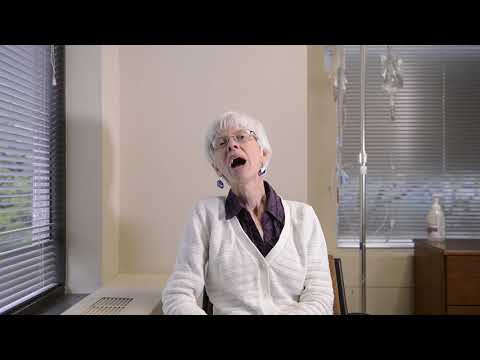2.6: Immunization Practices in Canada
- Page ID
- 19720
The National Advisory Committee on Immunization (NACI) is a multi-disciplinary committee of scientific, medical, and public health experts that make recommendations for current and newly approved vaccines in Canada. The Canada Immunization Guide (CIG) is based on NACI recommendations and other factors. NACI’s work focuses on vaccines while the CIG is a comprehensive resource on immunization. The CIG includes information for all health professionals who administer vaccines or manage immunization programs.
In Canada, immunization programs are a shared responsibility across national, provincial, and local public health agencies. See Tables 2.6, 2.7, and 2.8 for a list of these responsibilities. Public health agencies in Canada use a population health approach to improve the health of all Canadians and create healthier communities, including controlling infectious diseases through immunization strategies. While vaccines are a national issue, each level of government has a specific role and there are differences in how immunization programs are implemented across provinces and communities. For example, provincial public health agencies make determinations about the immunization schedule based on the NACI recommendations while the local public health agencies implement and deliver local services. This strategic and systematic approach to immunization allows for a population health approach while simultaneously ensuring outreach at a local level. As a health professional, it is important to familiarize yourself with the role and mandate of various organizations to ease system navigation, including where and when to access information. Furthermore, having a contextual understanding of program implementation allows you to see both the big picture and the local perspectives when thinking about vaccine-preventable illnesses. Video Clip 2.1 provides additional information about the role of public health nurses and vaccines practice in Ontario.
Video Clip 2.1: Interview about Vaccines and the Role of Public Health
Table 2.6: Organizational Landscape of Vaccine Research, Delivery, and Evaluation – Federal
| Federal | |
| Organization | Role in Immunization Delivery |
|
National Advisory Committee on Immunizations in Canada (NACI)
|
|
|
Public Health Agency of Canada
|
|
|
Centre for Immunization and Respiratory Infectious Diseases (CIRID)
|
|
|
Immunize Canada
|
|
|
Canadian Public Health Association
|
|
|
Canadian Pediatric Society (CPS)
|
|
|
Canadian Association for Immunization Research and Evaluation (CAIRE)
|
|
|
Biologics and Genetic Therapies Directorate (BGTD), Health Canada
|
|
Table 2.7: Organizational Landscape of Vaccine Research, Delivery, and Evaluation – Provincial
|
Provincial and Regional |
|
| Organization | Role in Immunization Delivery |
|
Public Health Ontario
|
|
|
Local Public Health Units
|
|
Table 2.8: Organizational Landscape of Vaccine Research, Delivery, and Evaluation – International
| International | |
| Organization | Role in Immunization Delivery |
|
World Health Organization (WHO)
|
|
|
Centre for Disease Control (American)
|
|
|
Pan American Health Organization (PAHO) (WHO for the Americas)
|
|
An interactive or media element has been excluded from this version of the text. You can view it online here:
https://ecampusontario.pressbooks.pub/immunizations/?p=100


